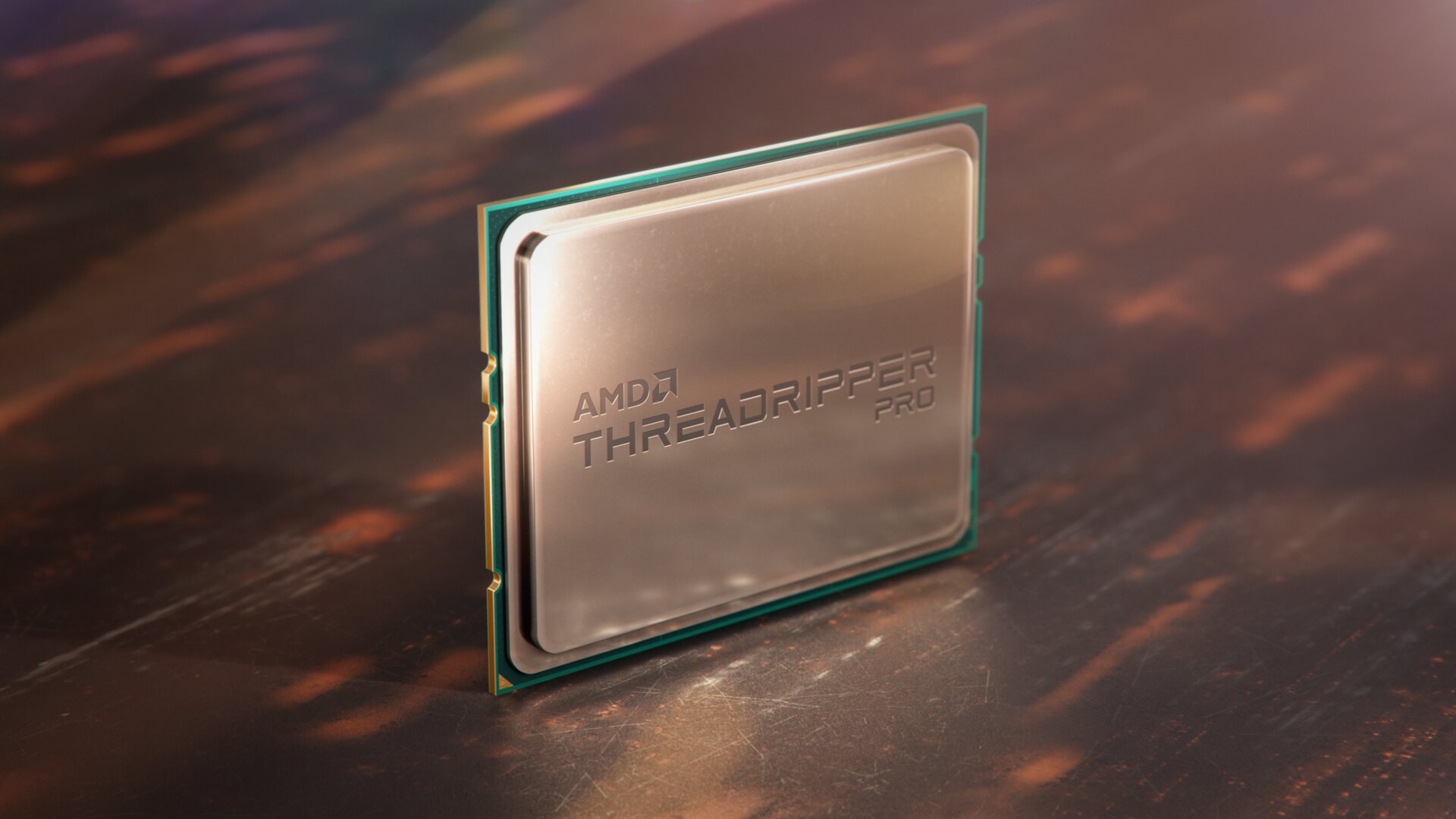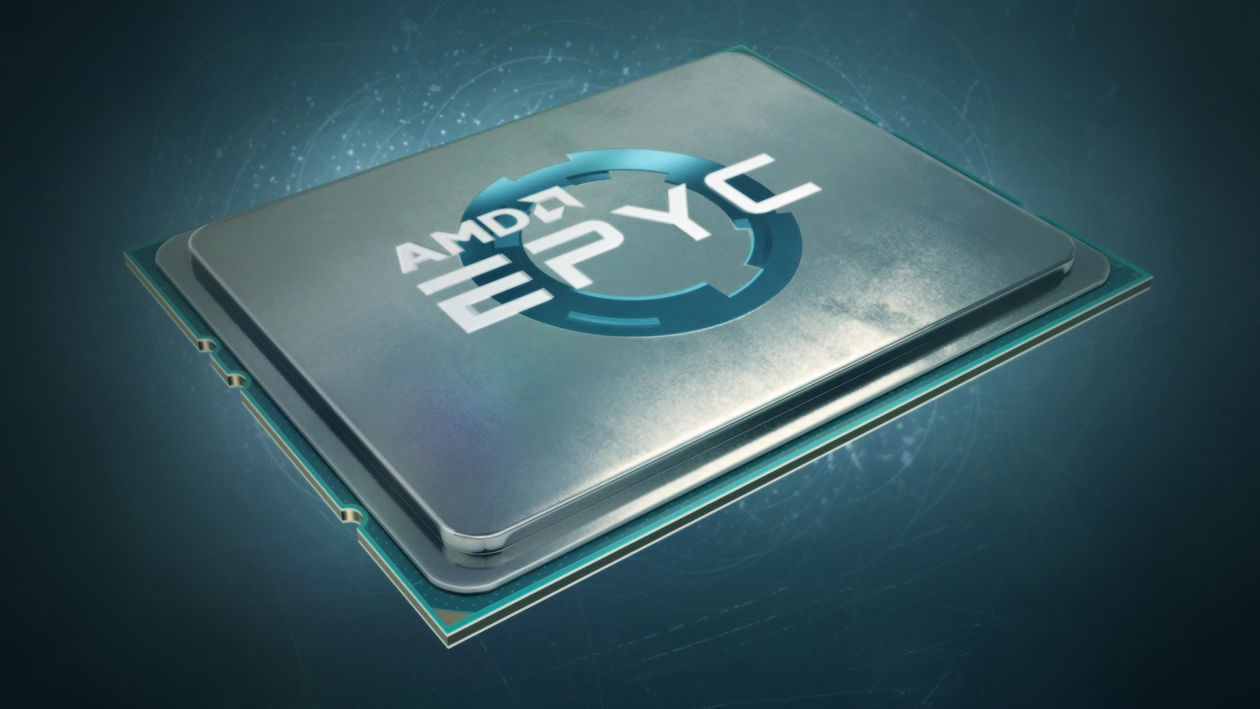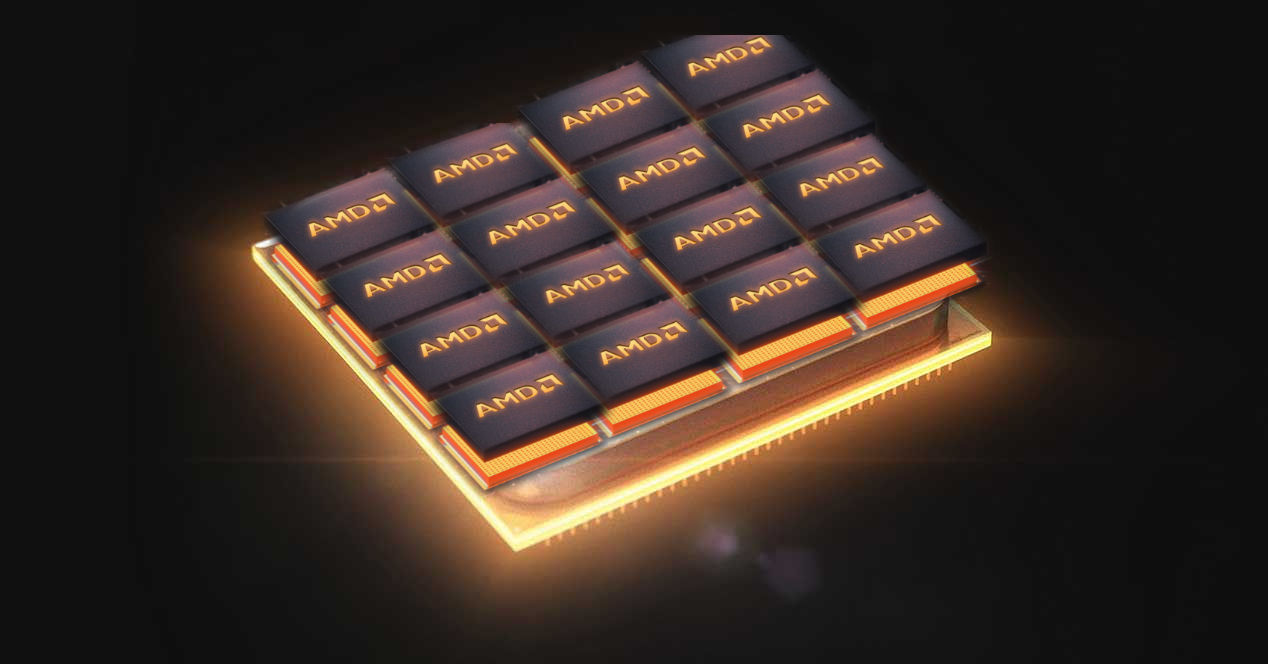Et sit edes viitsinyt noita juttuja kattoa mihin viittasin aikaisemmin. Hieno homma.Kaikesta materiaalista mitä itse nyt katsoin, sain käsityksen että kyseessä on periaatteessa täysin normaali Vermeer CCD johon on isketty toi 3D kakku L3-välimuistien kohdalle, keskelle CCD:tä.
3D-välimuistista on tehty mahdollisimman ohut ja sen tuoma korkeusero muun CCD:n välillä paikataan noilla fillereillä (structural silicon).
Lisa Su sanoi esittelyvideolla CCD:n NÄYTTÄVÄN samalta kuin aiemmin, ei sen mittojen olevan identtiset.
AnandTech Forums: Technology, Hardware, Software, and Deals
Seeking answers? Join the AnandTech community: where nearly half-a-million members share solutions and discuss the latest tech.
This technology will be productized with 7nm Zen 3-based Ryzen processors. Nothing was said about EPYC.
Those processors will start production at the end of the year. No comment on availability, although Q1 2022 would fit into AMD's regular cadence.
This V-Cache chiplet is 64 MB of additional L3, with no stepped penalty on latency. The V-Cache is address striped with the normal L3 and can be powered down when not in use. The V-Cache sits on the same power plane as the regular L3.
The processor with V-Cache is the same z-height as current Zen 3 products - both the core chiplet and the V-Cache are thinned to have an equal z-height as the IOD die for seamless integration
As the V-Cache is built over the L3 cache on the main CCX, it doesn't sit over any of the hotspots created by the cores and so thermal considerations are less of an issue. The support silicon above the cores is designed to be thermally efficient.
The V-Cache is a single 64 MB die, and is relatively denser than the normal L3 because it uses SRAM-optimized libraries of TSMC's 7nm process, AMD knows that TSMC can do multiple stacked dies, however AMD is only talking about a 1-High stack at this time which it will bring to market.







